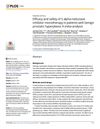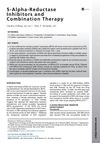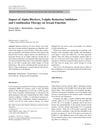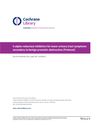Tamsulosin Treatment for Benign Prostatic Hyperplasia and Risk of Severe Hypotension in Men Aged 40-85 Years in the United States: Risk Window Analyses Using Between and Within Patient Methodology
November 2013
in “
The BMJ
”
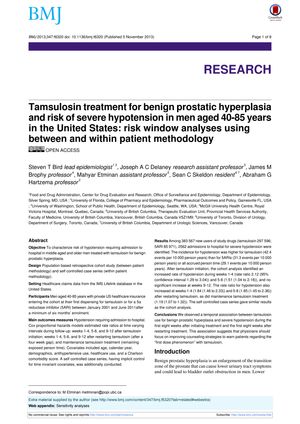
TLDR Tamsulosin for enlarged prostate may increase the risk of severe low blood pressure, especially when starting or restarting the medication.
The study, conducted on 383,567 men aged 40-85 years, examined the risk of severe hypotension requiring hospital admission associated with tamsulosin treatment for benign prostatic hyperplasia. Utilizing healthcare claims data, the study found that tamsulosin users had a higher incidence of hypotension (42.4 events per 10,000 person-years) compared to 5-alpha reductase inhibitor (5ARI) users (31.3 events per 10,000 person-years). The risk was particularly elevated during the first 4 weeks of starting tamsulosin treatment (rate ratio 2.12) and after restarting treatment (rate ratio 1.84), with a smaller increased risk during maintenance treatment (rate ratio 1.19). The study concluded that there is a significant risk of severe hypotension associated with the initiation and restarting of tamsulosin, highlighting the importance of physician awareness and patient counseling regarding this "first dose phenomenon."
